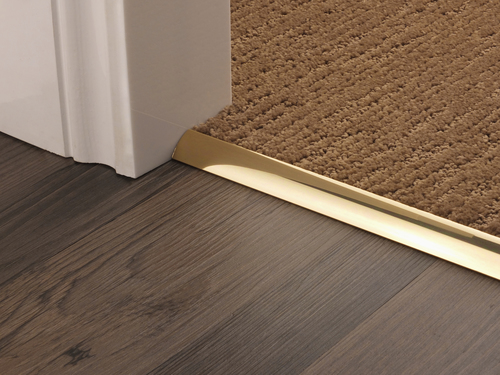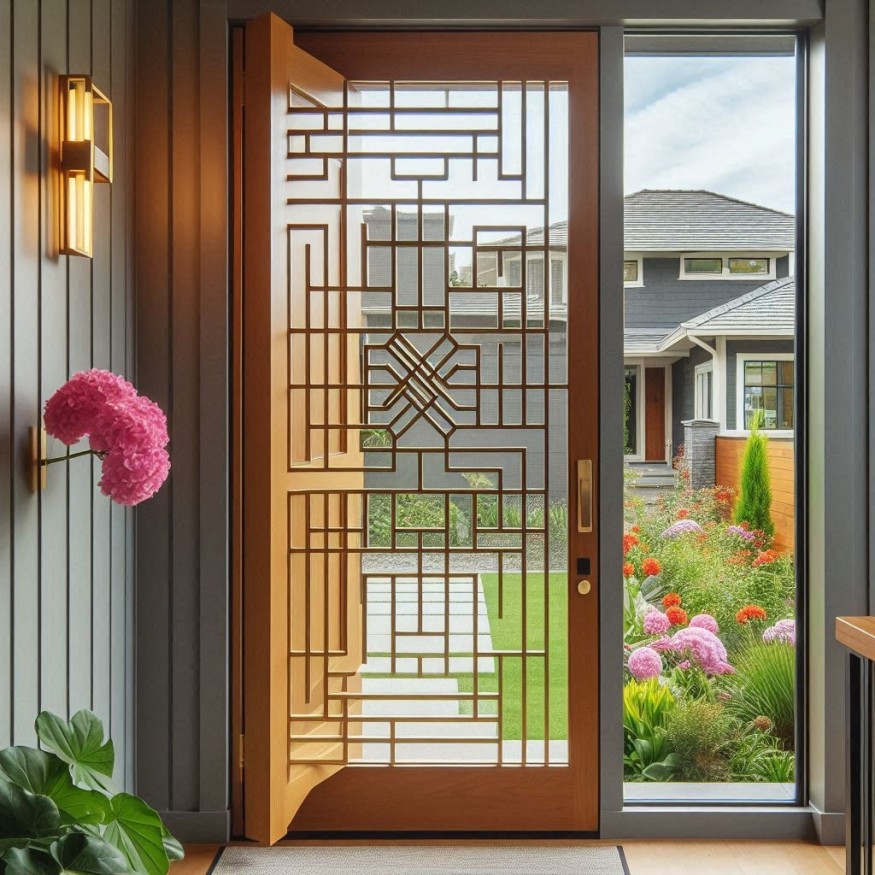
Have you ever tripped over a small step between rooms or worried about damaging the edges of your flooring? That’s where threshold protectors come in! These simple yet essential devices play a crucial role in enhancing safety, accessibility, and the longevity of your floors. Let’s dive deep into understanding what they are, why they’re important, and how to choose the right ones.
What Are Threshold Protectors?
Threshold protectors are strips or ramps designed to cover and smooth out the transition between two different flooring surfaces or levels. They are typically installed at doorways or where flooring materials change, such as from carpet to tile or wood to laminate. Their primary functions include:
- Safety: Preventing trips and falls by eliminating abrupt level changes.
- Accessibility: Making it easier for wheelchairs, walkers, and strollers to move between rooms.
- Floor Protection: Shielding the edges of flooring materials from wear and tear.
- Aesthetics: Providing a clean and finished look to transitions.
Types of Threshold Protectors
There’s a wide variety of threshold protectors available, each designed for specific needs and applications. Here are some common types:
1. Ramp Thresholds
These are designed to bridge larger height differences, often used for wheelchair accessibility. They feature a gradual slope, making transitions smooth and safe. They are especially important for places where ADA compliance is needed.
2. Flat Thresholds

These are used for minimal height differences, providing a seamless transition between similar flooring types. They are slim and unobtrusive, perfect for areas where aesthetics are a priority.
3. Carpet Thresholds
Specifically designed to transition from carpet to another flooring type, these protectors often feature a toothed edge to grip the carpet and prevent fraying. They help keep your carpet edges looking neat and tidy.
4. Tile Thresholds
These are used to transition between tile and other flooring materials. They are often made from durable materials like metal or stone to withstand the wear and tear of high-traffic areas.
5. Vinyl Thresholds
These are versatile and cost-effective, suitable for a range of applications. They are easy to install and come in various colors and styles to match your décor.
Materials Used in Threshold Protectors
The material of your threshold protector is crucial for its durability and suitability for your needs. Common materials include:
- Aluminum: Lightweight, durable, and corrosion-resistant, ideal for high-traffic areas.
- Stainless Steel: Strong, durable, and aesthetically pleasing, perfect for modern interiors.
- Vinyl: Flexible, affordable, and easy to install, suitable for various applications.
- Wood: Provides a warm and natural look, ideal for hardwood floors.
- Rubber: Offers excellent grip and shock absorption, suitable for ramps and outdoor applications.

Installation Tips
Installing threshold protectors is generally straightforward, but here are some tips to ensure a successful installation:
- Measure Carefully: Accurately measure the width and height of the transition area.
- Choose the Right Size: Select a protector that fits the dimensions and height difference.
- Clean the Surface: Ensure the surface is clean and free from debris.
- Use the Correct Fasteners: Use appropriate screws or adhesive for the material and surface.
- Test the Transition: After installation, test the transition to ensure it’s smooth and secure.
Benefits of Using Threshold Protectors

Investing in threshold protectors offers numerous benefits, including:
- Enhanced Safety: Reduces the risk of trips and falls, especially for children and the elderly.
- Improved Accessibility: Makes it easier for people with mobility aids to move between rooms.
- Extended Floor Life: Protects flooring edges from damage and wear, prolonging their lifespan.
- Aesthetic Appeal: Provides a clean and finished look to transitions, enhancing the overall appearance of your space.
- Increased Property Value: Well-maintained and accessible homes are more attractive to potential buyers.
Choosing the Right Threshold Protector
When selecting a threshold protector, consider the following factors:
- Height Difference: Choose a protector that matches the height difference between the flooring surfaces.
- Flooring Materials: Select a protector that is compatible with the flooring materials.
- Traffic Level: Choose a durable material for high-traffic areas.
- Aesthetics: Select a style and finish that complements your décor.
- Installation Method: Consider your DIY skills and choose a protector that is easy to install.
By understanding the different types, materials, and benefits of threshold protectors, you can make an informed decision and enhance the safety and aesthetics of your space. Whether you’re looking to improve accessibility, protect your floors, or simply add a finishing touch, threshold protectors are an essential addition to any home or commercial space.





